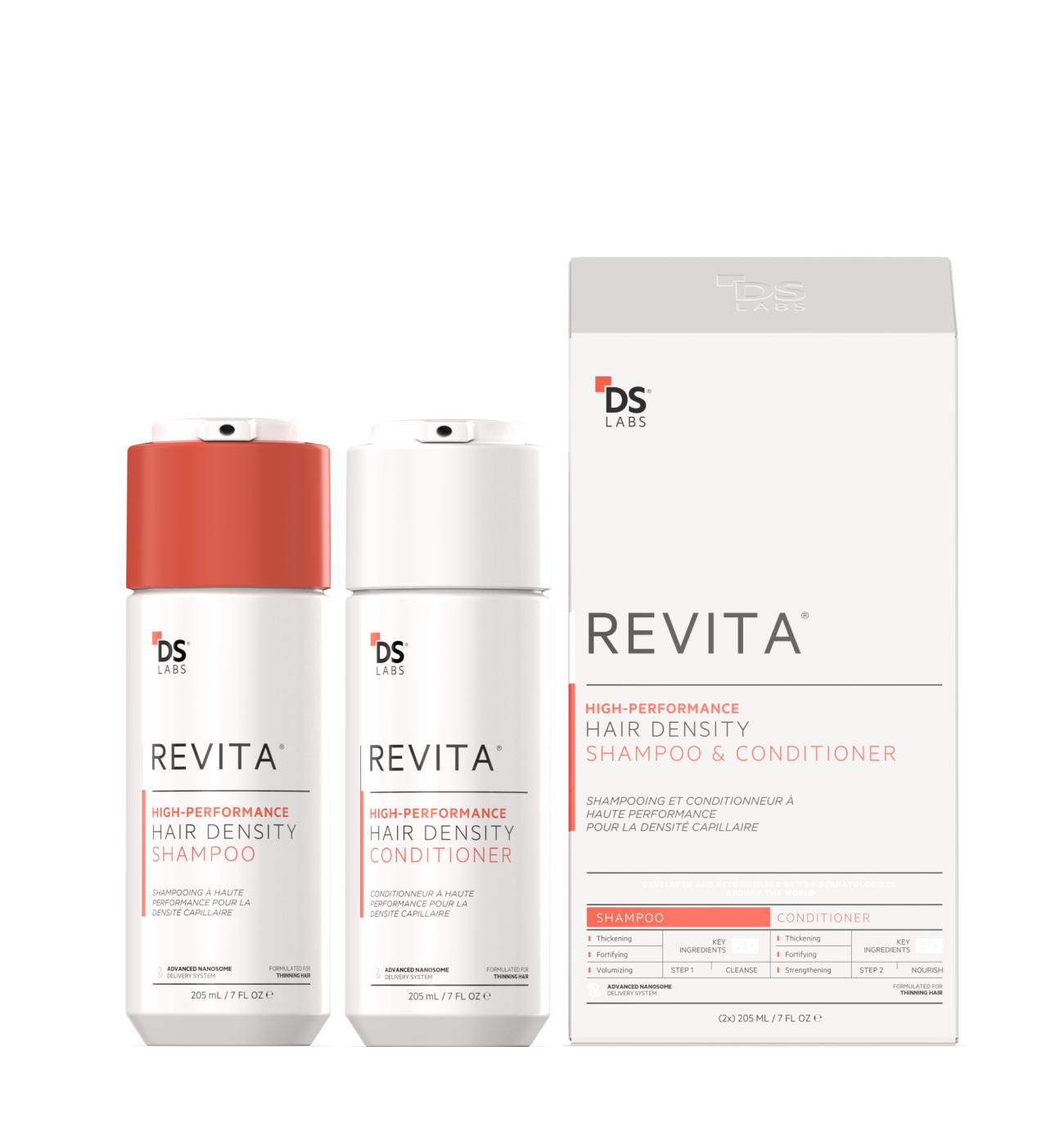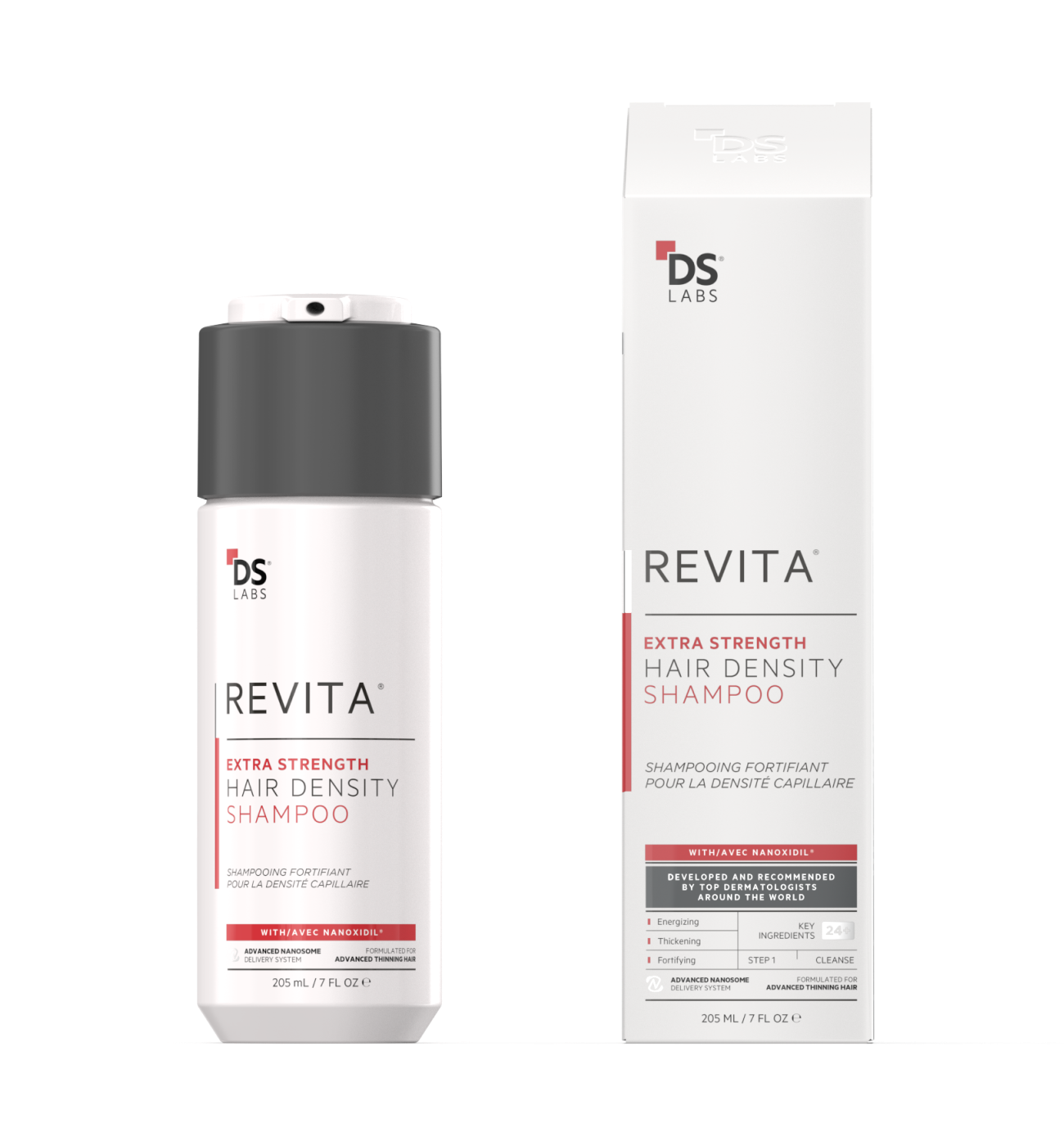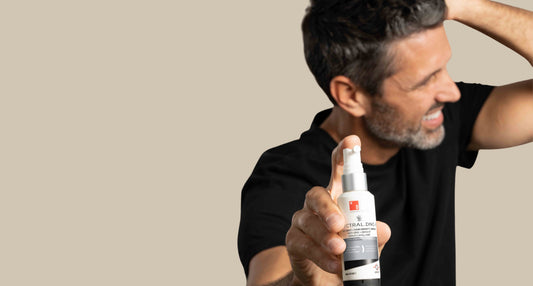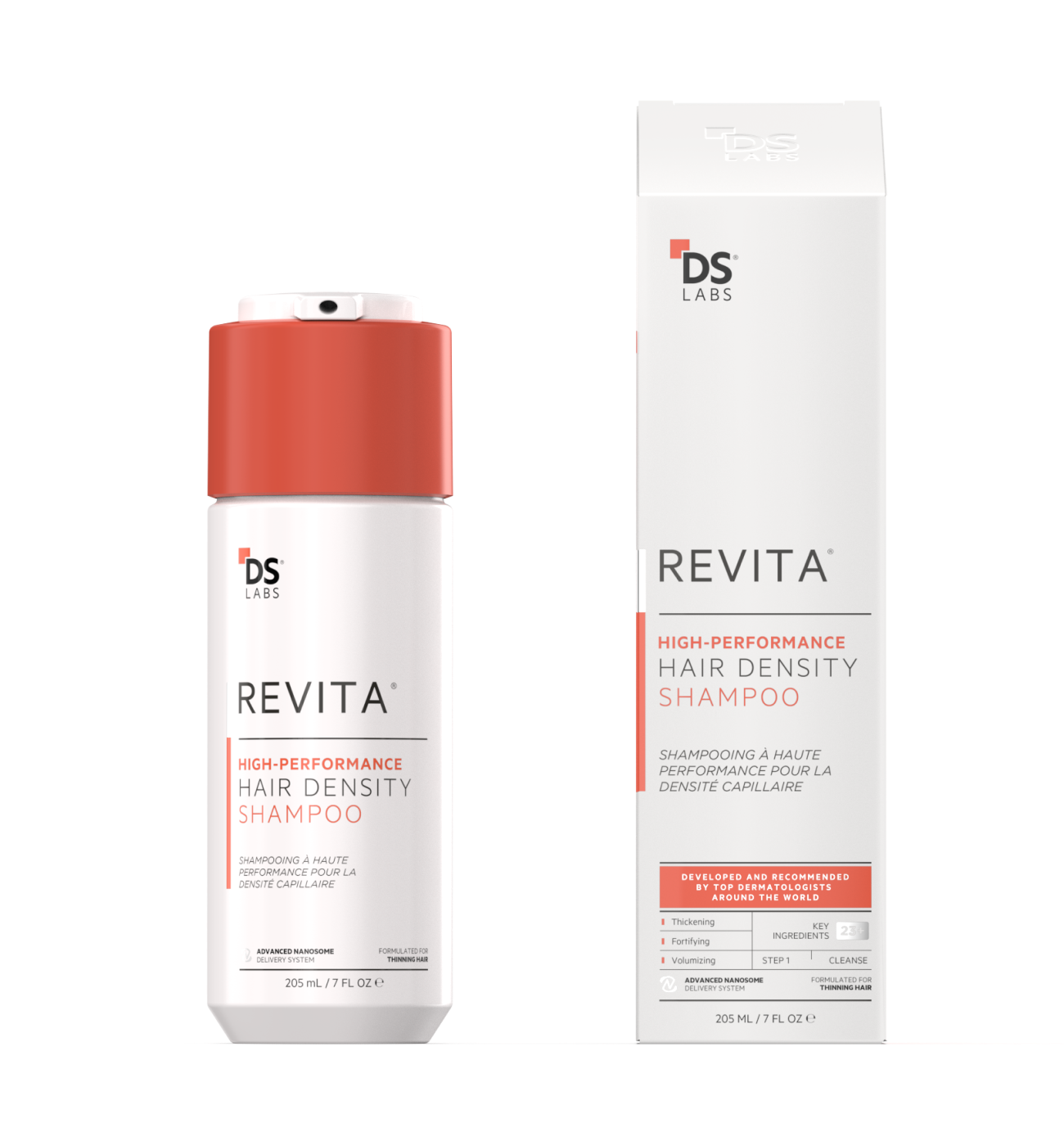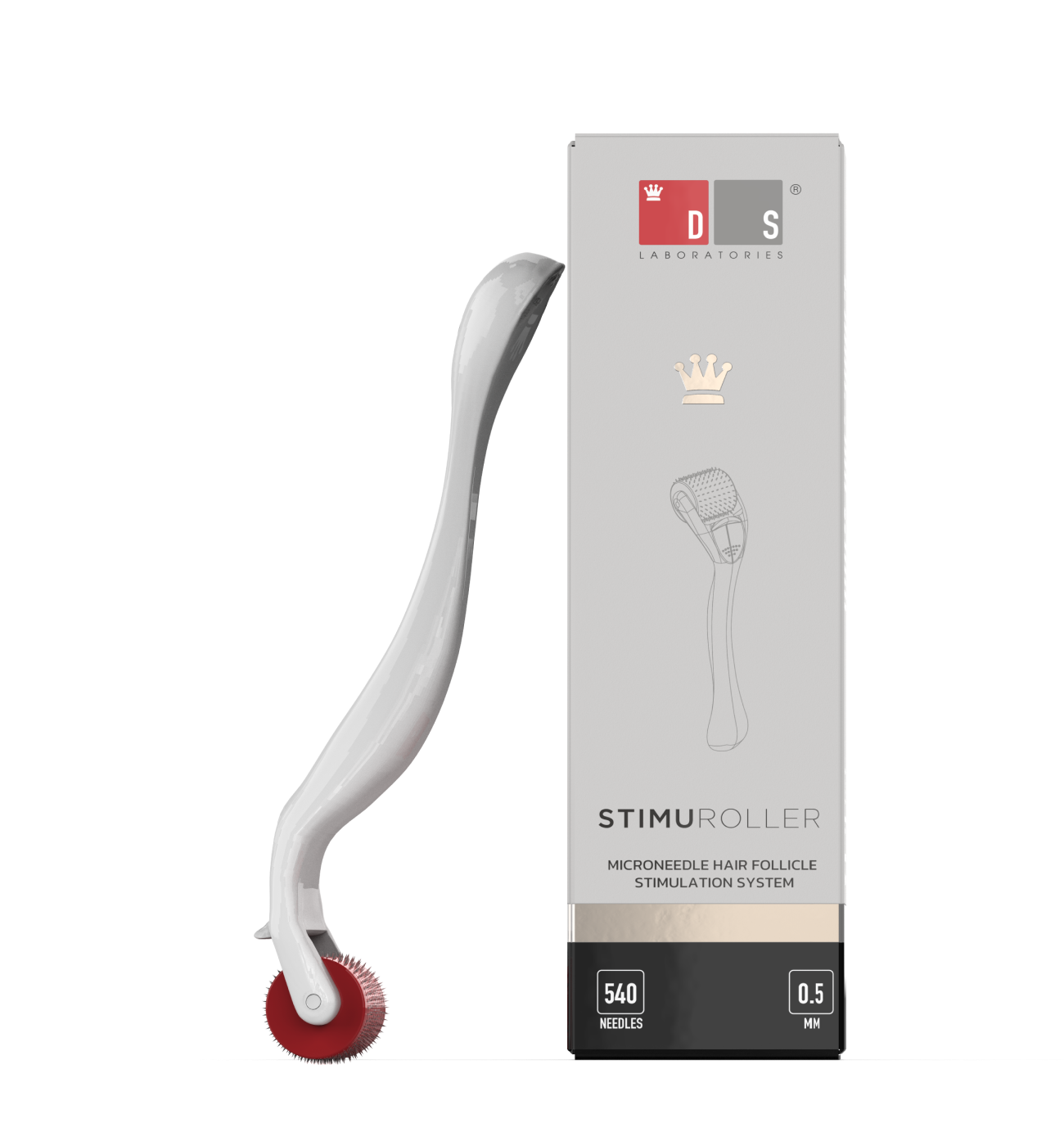Understanding the intricacies of hair growth cycles is essential for anyone looking to maintain healthy, luscious locks. Whether you’re combating hair loss, seeking to enhance hair thickness, or just curious about how your hair grows, this guide will provide you with comprehensive insights into the phases of hair growth, factors affecting it, and tips for optimizing hair health.
The Hair Growth Cycle: An Overview
- Duration: 2-7 years
- Description: This is the active growth phase where hair follicles are rapidly dividing and new hair is formed. Approximately 85-90% of the hair on your scalp is in this phase at any given time.
- Key Points:
- The length of the anagen phase determines the maximum length of hair.
- Genetics largely influence the duration of this phase.
- Proper nutrition and hair care can support longer anagen phases.
Catagen Phase (Transition Phase)
- Duration: 2-3 weeks
- Description: This is a short transitional phase where hair growth slows down, and the hair follicle shrinks. About 1-2% of your hair is in this phase.
- Key Points:
- Hair detaches from the blood supply and is termed a club hair.
- This phase marks the end of active growth and the beginning of hair preparation for shedding.
Telogen Phase (Resting Phase)
- Duration: 3-4 months
- Description: During this phase, hair is at rest and eventually falls out to make way for new hair growth. Around 10-15% of your hair is in this phase.
- Key Points:
- Normal daily hair shedding occurs in this phase.
- Stress, illness, and hormonal changes can extend this phase, leading to increased hair loss.
Factors Influencing Hair Growth Cycles
- Genetics: Your genetic makeup plays a significant role in determining the duration of each hair growth phase.
- Age: Hair growth tends to slow down with age, and the anagen phase shortens.
- Hormones: Hormonal changes, such as those during pregnancy, menopause, or thyroid imbalances, can affect hair growth.
- Diet and Nutrition: A diet rich in vitamins and minerals, particularly biotin, zinc, and iron, supports healthy hair growth.
- Health Conditions: Medical conditions like alopecia, scalp infections, and chronic illnesses can disrupt the hair growth cycle.
- Stress: Physical and emotional stress can push more hair into the telogen phase, causing temporary hair loss.
Tips for Optimizing Hair Growth
- Maintain a Balanced Diet: Ensure your diet includes proteins, healthy fats, and essential vitamins and minerals. Foods like eggs, nuts, seeds, and leafy greens are excellent for hair health.
- Stay Hydrated: Drink plenty of water to keep your hair hydrated and healthy.
- Use Gentle Hair Care Products: Opt for sulfate-free shampoos and conditioners to avoid stripping your hair of natural oils.
- Avoid Heat and Chemical Damage: Minimize the use of heat styling tools and chemical treatments that can weaken hair.
- Massage Your Scalp: Regular scalp massages can stimulate blood flow to the hair follicles, promoting growth.
- Manage Stress: Practice stress-reducing techniques like meditation, yoga, and regular exercise.
- Consult a Healthcare Provider: If you experience significant hair loss or suspect an underlying health issue, seek medical advice for proper diagnosis and treatment.



